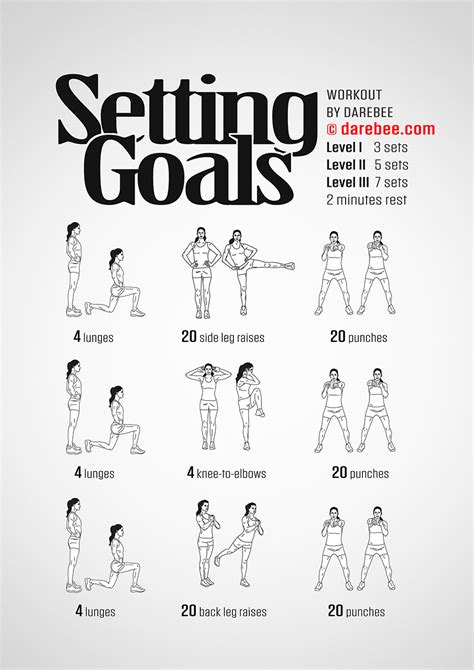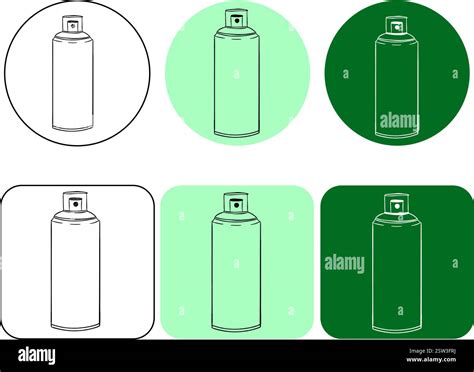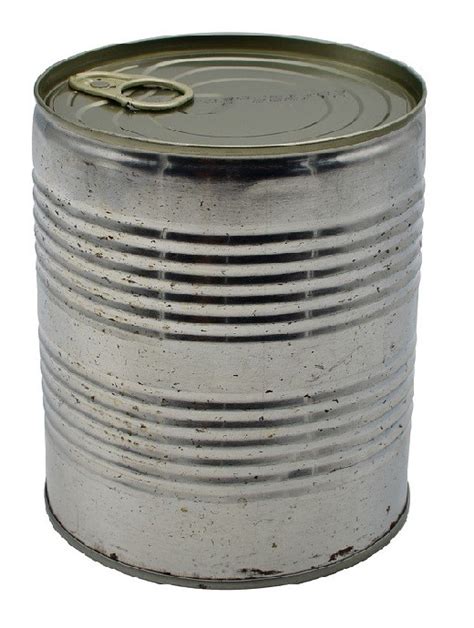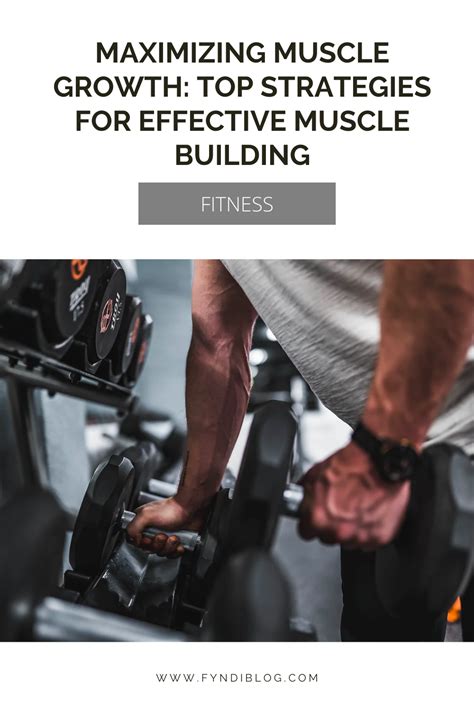Maximize strength gains: What progressive overload method ensures peak performance?

The Cornerstone of Strength: Understanding Progressive Overload
To continuously build strength and achieve peak physical performance, the principle of progressive overload is not just important—it’s absolutely essential. At its core, progressive overload is the gradual increase in stress placed upon the musculoskeletal system during training. Without consistently challenging your muscles beyond their current capabilities, they have no reason to adapt, grow stronger, or become more resilient. It’s the driving force behind all meaningful gains in the gym.
Your body is an incredibly adaptable machine. When you lift weights or perform resistance exercises, you create micro-tears in your muscle fibers. During recovery, these fibers repair and rebuild, becoming stronger and larger in the process. However, if the stimulus remains constant, your body eventually adapts to that level of stress, and further growth ceases. This is where progressive overload comes into play, ensuring that you continually provide a new challenge that forces your body to evolve.

Key Progressive Overload Methods for Optimal Gains
While often simplified to just ‘lifting heavier,’ progressive overload encompasses a variety of strategic methods. Understanding and implementing these different approaches allows for consistent progress, helps avoid plateaus, and keeps your training dynamic and engaging. Here are the most effective methods:
1. Increasing the Load (Weight)
This is arguably the most straightforward and commonly understood method. Once you can comfortably complete your target reps and sets with a given weight, it’s time to increase the resistance. Even a small increase (e.g., 2.5 lbs or 1.25 kg) can provide the necessary stimulus for continued adaptation.
2. Increasing Repetitions (Volume)
If increasing weight isn’t feasible or desired for a particular exercise, adding more repetitions within your target set range is an excellent alternative. For instance, if you’re aiming for 8-12 reps and you can now easily do 12, try to push for 13 or 14 before increasing the weight.
3. Increasing Sets (Volume)
Another way to increase total volume is by adding more sets to an exercise or a workout. This means more total work performed, leading to greater muscle fatigue and a stronger growth stimulus, provided you can maintain good form throughout.
4. Decreasing Rest Intervals
By reducing the amount of rest time between sets, you increase the density of your workout, keeping your heart rate elevated and challenging your cardiovascular system in addition to your muscles. This method is particularly effective for improving muscular endurance and work capacity.

5. Increasing Training Frequency
Training a muscle group more often throughout the week, assuming adequate recovery, can lead to more opportunities for muscle protein synthesis and growth. For example, moving from training legs once a week to twice a week with proper programming can accelerate gains.
6. Increasing Time Under Tension (TUT)
This method focuses on extending the duration a muscle is actively working during a set. This can be achieved by slowing down the eccentric (lowering) or concentric (lifting) phases of an exercise, or by incorporating pauses at peak contraction. This increases the metabolic stress on the muscle.
7. Improving Exercise Technique and Range of Motion
While not a direct increase in load or volume, mastering proper form allows you to effectively recruit more muscle fibers and utilize a fuller range of motion, which can significantly enhance the effectiveness of an exercise and lead to greater strength gains over time.
Tailoring Your Progressive Overload Strategy
There isn’t a single ‘best’ progressive overload method; the most effective approach depends on your current training level, specific goals (e.g., strength, hypertrophy, endurance), and individual recovery capacity. For beginners, simply increasing weight and reps is usually sufficient. As you become more advanced, incorporating a variety of methods becomes crucial to continuously challenge the body and prevent stagnation.
Periodization, the systematic planning of training, often involves cycling through different progressive overload methods. You might focus on increasing load for a few weeks, then shift to increasing volume or decreasing rest times. This varied stimulus helps prevent plateaus and keeps your body responsive to training.

Practical Application and Tracking Your Progress
Regardless of the method you choose, consistent tracking is paramount. Keep a detailed workout log where you record the exercises performed, sets, reps, weight, and even rest times. This data allows you to clearly see your progress and identify where you need to apply progressive overload next. Without tracking, you’re essentially guessing, which makes sustained progress incredibly difficult.
Always prioritize proper form over lifting heavier weights. Sacrificing technique not only increases the risk of injury but also reduces the effectiveness of the exercise, as other muscle groups or momentum might take over. Smart progression means making small, consistent increases rather than drastic jumps that compromise form. Listen to your body and incorporate deload weeks when necessary to allow for full recovery and continued progress.

Sustaining Peak Performance Through Consistent Progression
Progressive overload is not just a concept; it’s a lifelong commitment for anyone serious about maximizing strength and achieving peak performance. It demands consistency, patience, and an intelligent approach to training. By continuously challenging your body in smart, incremental ways, you ensure that your muscles are always adapting, growing stronger, and performing at their highest potential.
Embrace the journey of continuous improvement, understand the diverse methods of progressive overload, and diligently track your efforts. This strategic approach will not only maximize your strength gains but also lay the foundation for a resilient, high-performing physique capable of enduring challenges both inside and outside the gym.









